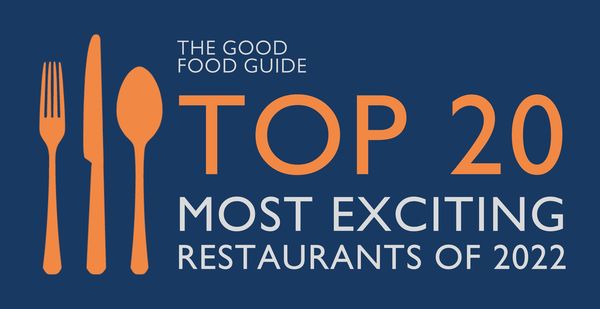It's safe to say that tasting menus, once the luxury option in a handful of high-end restaurants in the UK, have today become a standard fixture of the industry. Born amid the linen and plush of elite dining, they are now the common currency of city bistro and village pub. There are places that deal only in tasting menus, of varying lengths and food regimes, as well as those where the taster is an entirely separate repertoire as opposed to being a flotilla of dishes pulled from the principal carte, pared back and passing in ceremonial review.
The tasting menu was not a British invention, but a tradition of French gastronomy, where the menu dégustation offered a leisurely tour of a chef's panache. It was a format that allowed the kitchen to take wing, rather than simply catering to the centuries-old, three-course motion of appetiser, main course, and sweet. It began to seep into British restauration in earnest in the 1990s, always priced considerably above eating à la carte, but still representing a smaller outlay than ordering all seven of its courses would have cost, notwithstanding the smaller servings.
Like many restaurant trends, though, the tasting menu has begun to lose sight of its original purpose. The reasonable enough insistence that everybody at the table must sign up to it already indicates that the rules of dining this way have begun to shift in the restaurant's direction. Nobody will choose anything, other than perhaps where a pair of alternatives is offered of what still looks vestigially like the main course, and again when the cheese trolley is wheeled up, its beautiful confusion of aromas tempting you to splurge another £15 before the dessert parade gets under way.
The Good Food Guide is full of restaurants that run stunning tasters, where the performance is something like the culinary equivalent of grand opera, as dazzling in its spectacle, as satiating in its profusion. There are scores of tasting menus that are purposeful, exciting, well positioned and enjoyable. Somewhere in the gods, though, where the sublime is on nodding terms with the ridiculous, the whole concept often becomes a joyless imposition. At that point, we are thrown back on the perennial question, which is always worth asking again: What it is we want restaurants to do for us?
In the most elaborate manifestations of the tasting experience, the brute question of how long you want to spend sitting at a table raises its head. An aperitif order is taken; canapés are served. Breads arrive, hot from the oven, with a selection of whipped and value-added butters. Something with the status of an amuse appears, before the first of two or three preliminary courses turns up. There may be a fish dish, then a meat dish, before the cheese wagon comes rolling across the prairie. Is it now time for the first of the desserts? Nearly. You'll want a pre-dessert first, surely. Seasoned diners have found themselves having to become accustomed to three or four hours of stoically maintained patience, up to the perilous point where something like a scream starts welling up. Like chafing children, we just want to get down now.
It's all in the pacing. There are ten-course extravaganzas that glide beguilingly by, full of revelations at virtually every turn. Then there are experiences that have more the aspect of the dental waiting-room, each artful morsel followed by the prolonged anticipation of another. Sign up for the wine flight too, with its mini-measures of wines you might have aimed above if you were choosing for yourself, and the intervening waits are punctuated by nothing other than sipping water and waiting for anything else to happen. There is nobody on earth who doesn't have a finely calibrated internal sense for when waits between courses in a restaurant have gone on unreasonably long. Tasting menus, at the slowest rate of production, have institutionalised that sense into a modus operandi, their rhythms no longer the nimble quickstep but the slowest of creaking waltzes, with long, long breathers between.
The boilerplate of online book reviewers – the sentiment that a novel was so good you didn't want it to end – is not translatable to the world of gastronomy. At a certain point, which may depend on the richness of the food, the demeanour of the staff, the comfort of the chairs or the comfort of present company, we're done. We want to stand up, thank everybody concerned, and head in the direction of a taxi. Lengthy tasting menus have autocratically cancelled what ought to be a consumer right, by creating captive audiences who are expected not to mind the fact that, at midnight, there is still a deconstructed vacherin, a reconstructed mille-feuille, and a terracotta flowerpot full of pebbles and chocolates still to come.
And even if leaving before time feels a little like running for the last bus before Othello has throttled his wife, please understand, Chef. It's enough.








